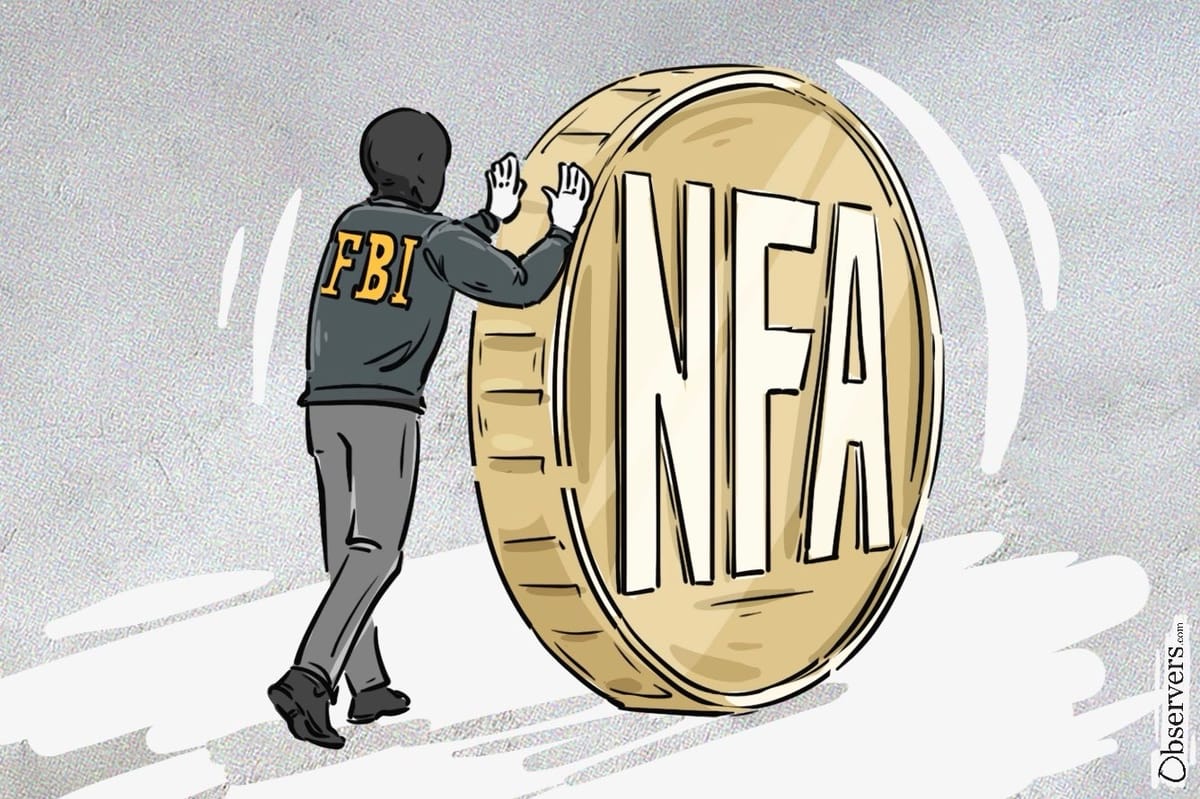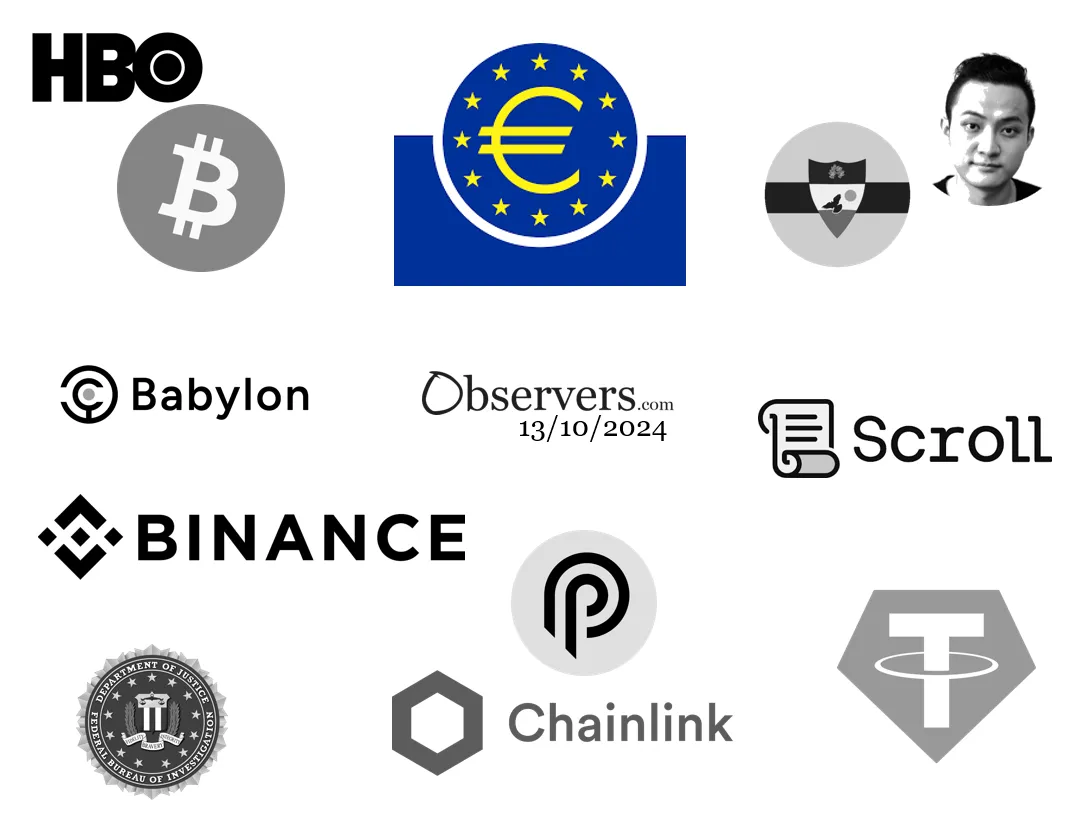
Happy Sunday, Observers!
Have you settled on who Satoshi Nakamoto is, or has the HBO documentary about the mastermind who created Bitcoin just made you more confused?
Peter Todd, who the movie released earlier this week claims to be Satoshi, has refused the claims, giving rise to dozens of alternative theories about the real identity of the patron of cryptocurrencies.
Observers' bet on the question is unchanged. Read why we think Hal Finney was the real Satoshi Nakamoto.
🔥 Highlights Of The Week
- BlackRock states Bitcoin and crypto adoption is surpassing the Internet and mobile phones;
- Bank of America survey finds 62% of millennials favour crypto as $84T wealth transfer looms;
- TRON founder Justin Sun elected prime minister of micronation Liberland.
📈 Crypto Markets
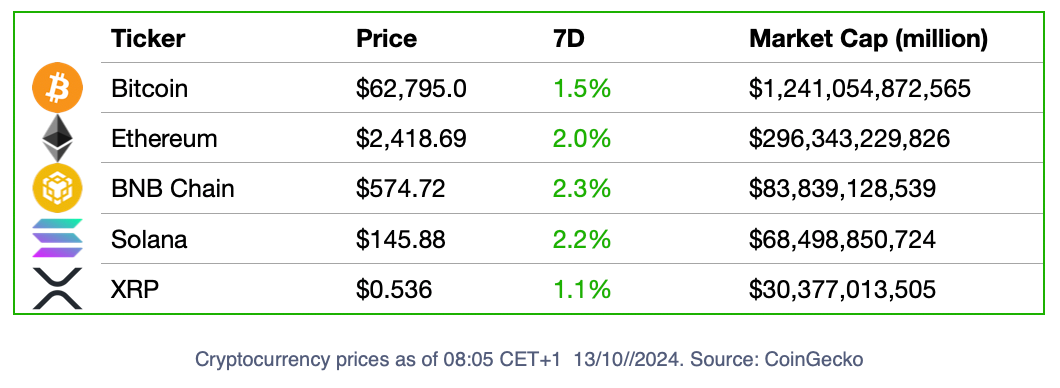
🍭 Crypto Highs And Fun Times
- Babylon is a staking protocol developing its own layer two on top of Bitcoin so users can stake their BTC to secure various Proof of Stake (PoS) blockchains. The new out-of-the-box is compelling to crypto investors, who have already staked 23,000 Bitcoins, accounting for about $1.4 billion in TVL, despite Babylon being still in its testing phase.
- In a recent talk, the director of the ECB, Piero Cipollone, proposed a unified financial EU ledger as a solution to the current system's fragmentation. He argued that tokenization and DLT could challenge longstanding structures of financial intermediation but nonetheless noted that relying on a single technology might stifle innovation.
😈 Crypto Naught And Sloppy
- Binance's attempt to comply with the regulation of key regions backfired. The (for now) world’s leading crypto exchange's overall market share shrank to 36.6% in the combined spot and derivatives markets on centralized exchanges, its weakest position in four years.
- Tether is developing a tech-based solution so USDT can be compliant with the MiCA regulation in the EU. The visionary plan, however, might not be accepted by crypto exchanges that have delisted the currency—especially Coinbase, which is rooting for the adoption growth of USDC, the dollar-pegged stablecoin issued by Circle, a company in which it has an equity stake.
Project Of The Week: Scroll
 Observing moneytech and Web3Alexander Mardar
Observing moneytech and Web3Alexander Mardar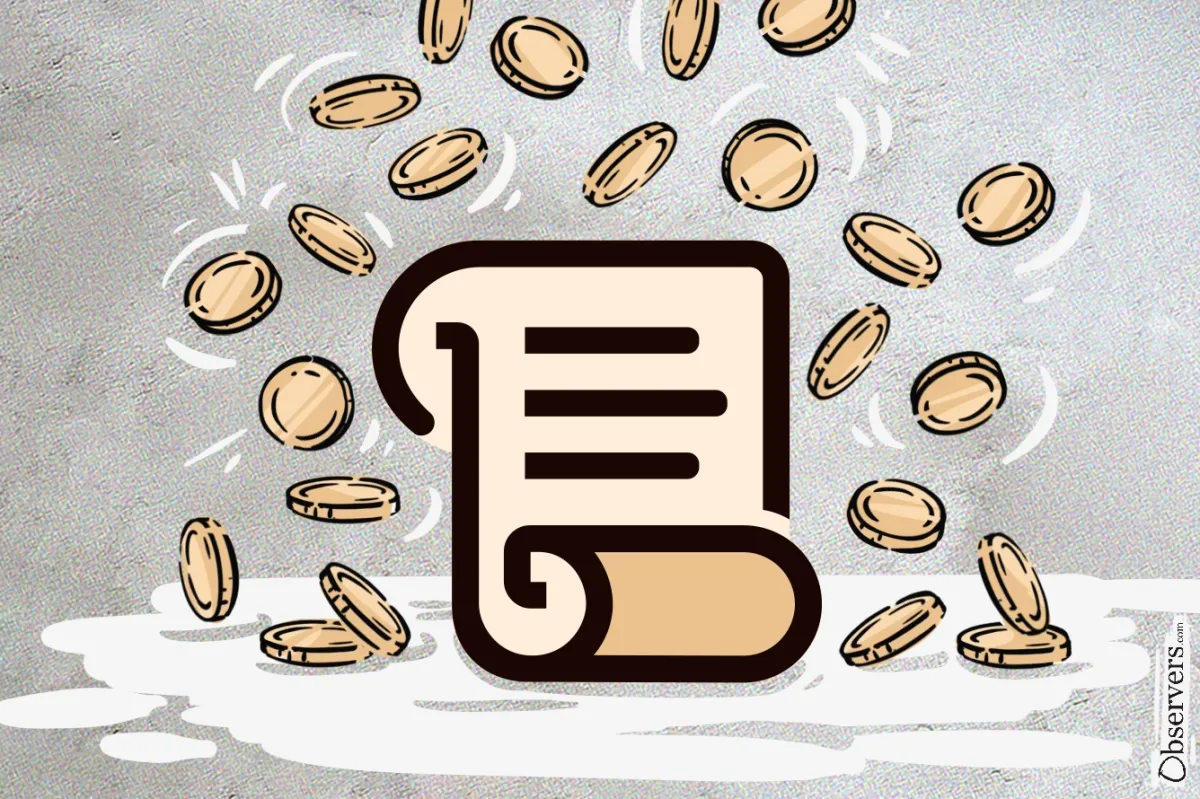
The sixth largest blockchain by total value locked (TVL) and one of the few layer 2s to have developed a zkEVM, is launching its token: $SCR, which primary utility will be governance.
While the distribution is in line with the worrying trend of low circulating supply (only 19%) and high valuation ($200 million) that BitMEX co-founder Arthur Hayes has warned crypto-founders to avoid, the 100 apps on Scroll mean it has managed to develop real use cases that give it a better chance of survival than most other projects wrapped up on VCs' dirty sheets.
Bye Bye TVS, Hello TTV
 Observing moneytech and Web3Alexander Mardar
Observing moneytech and Web3Alexander Mardar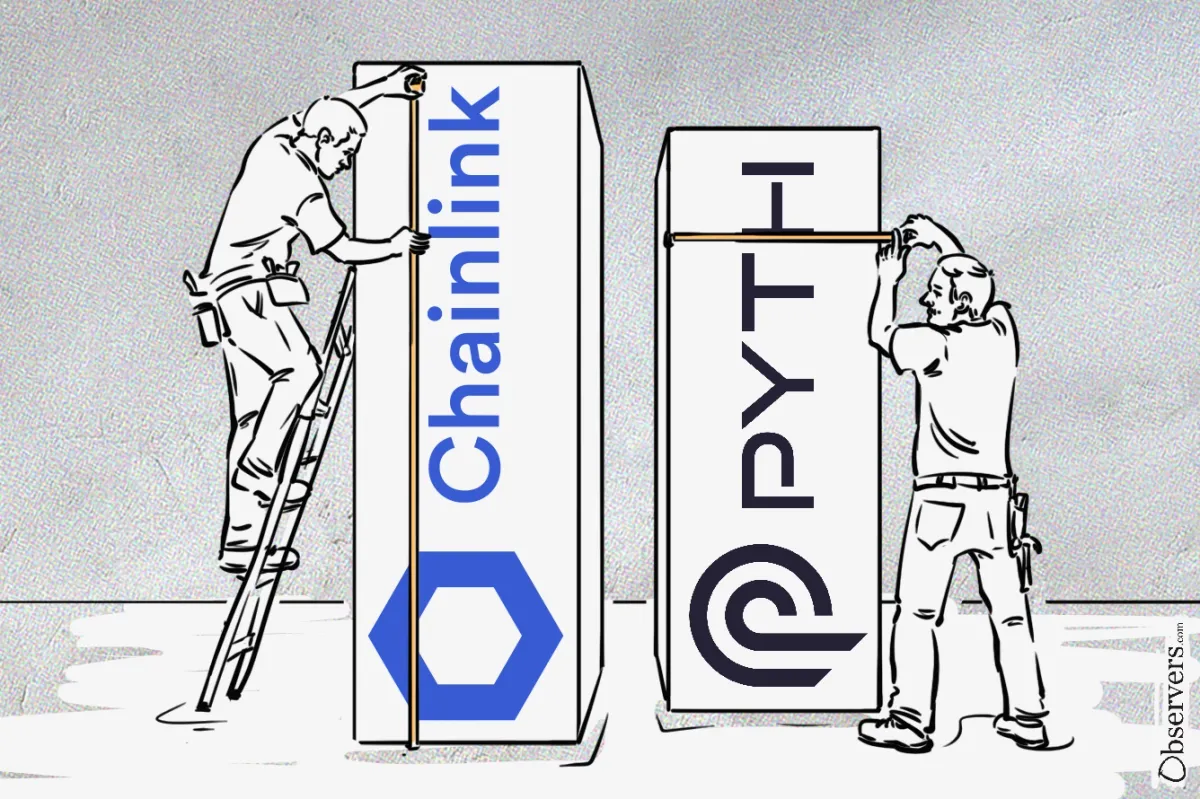
DeFi is undergoing significant changes with the primary focus of each app shifting from ensuring security and being trusted by users to now achieving greater speed of execution.
Total Value Secured (TVS): a metric that evaluates the economic value protected by an oracle, has served as one of the primary indicators for assessing an oracle’s market share.
The need for speed has ushered in a new era of oracles that deliver lightning-fast updates for DeFi 2.0 apps, making TVS less relevant as a measure of both demand and risk.
Total Transaction Value (TTV): a metric proposed by analysts at Block Research to replace TVS. It is calculated by aggregating the periodic trading volume of derivatives DEXs that rely on oracle updates for pricing.
When calculated, TTV paints a markedly different picture from TVS that is a better reflection of the demand.
🔫 Quote Of The Week
Investors should be mindful that the deck may be stacked against them
The quote is from Sanjay Wadhwa, Deputy Director of the SEC’s Division of Enforcement, regarding all the schemes and manipulations that are still too common in the crypto world.
This week, a joint investigation by the SEC and FBI disclosed that crypto market makers were manipulating the crypto markets by pumping tokens via wash trading tokens and then dumping them on honest investors.
The agencies charged four entities and almost a dozen individuals for participating in the schemes.
 Observing moneytech and Web3Eva Senzaj Pauram
Observing moneytech and Web3Eva Senzaj Pauram